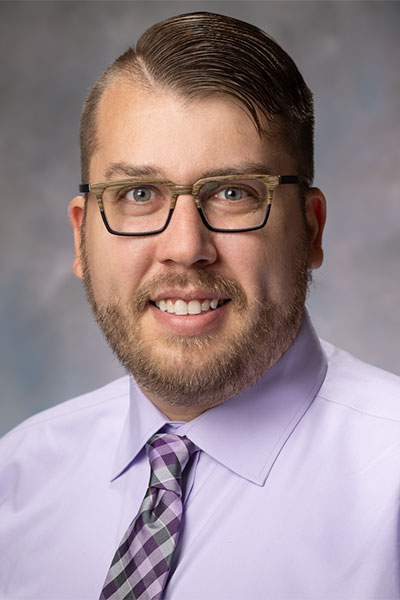Nearly five years after the start of the COVID-19 pandemic, experts are still in the beginning stages of understanding the long-term effects of this disease. Initial data suggest that about one-third of patients have persistent pulmonary complications long after the acute infection has resolved.
Given the newness of this disease, there are limited guidelines on how to identify, monitor, and treat patients who develop pulmonary complications due to long COVID. Presenters will discuss these issues for both adult and pediatric patients during the session, Long-Term Pulmonary Complications of Long COVID, Tuesday, October 8, at 4 pm ET, in Room 206AB of the Boston Convention & Exhibition Center.

The host receptor that SARS-CoV-2 uses to enter cells is very prominent in lung and vascular epithelial cells, explained Session Chair, Eric Mull, DO, Pediatric Pulmonologist from Nationwide Children’s Hospital.
“The virus causes inflammation and symptoms during acute infection,” he said. “This can lead to chronic inflammation that results in airway remodeling, such as pulmonary fibrosis, or even thickening of vascular walls.”
Dr. Mull will be joined by Chitra Lal, MD, MBBS, FCCP, Professor of Medicine at the Medical University of South Carolina; Navitha Ramesh, MD, MBBS, FCCP, Vice-Chair of the Department of Medicine at the University of Pittsburgh Medical Center; and Ajay Sheshadri, MD, Associate Professor at the University of Texas MD Anderson Cancer Center.
“The post-acute sequelae of long COVID are not well-defined,” he said. “It is made up of many different symptoms, ranging from mild to very severe. It’s important to have astute history taking and physical exam skills to differentiate the [patients with more serious symptoms] from the [patients with mild symptoms] so that they can get referred appropriately.”
More than 200 symptoms have been related to long-term complications of COVID, and there is still no consensus on a clear definition of long COVID, Dr. Mull said. Speakers will discuss some of the pulmonary sequalae of long COVID—including pulmonary fibrosis, pulmonary hypertension, sleep abnormalities, and exercise intolerance—put forth a tentative definition for long COVID, and help attendees determine whether or not pulmonary complications may be attributed to long COVID. “This is a diagnosis of exclusion,” Dr. Mull said. “If a patient has lingering symptoms that seem to have either been onset by a COVID infection or developed after a COVID infection that aren’t explained by other etiologies, that’s when we come up with a diagnosis of long COVID.”
Join us at CHEST 2025
Save the date for the next Annual Meeting, October 19 to 22, 2025, in Chicago. CHEST 2025 will explore the latest advancements in pulmonary, critical care, and sleep medicine, with a focus on innovation and the future, just as the city itself embodies progress and reinvention.
